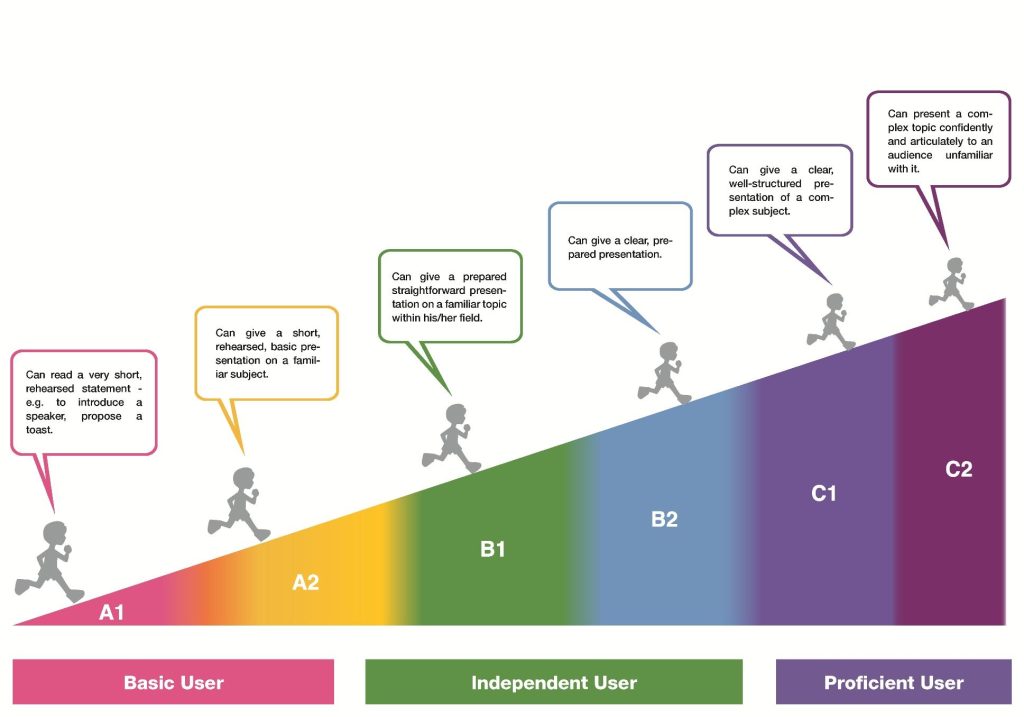Written by Bliss Sibiya – Founder of X-Factored Youth
Did you know that learning in-demand languages can significantly boost your earning potential? South Africa is rich in linguistic diversity, but unfortunately, this hasn’t always translated into guaranteed employment opportunities for its youth. Mastering additional languages can open doors to a wider range of job prospects and set you apart in the competitive job market, helping you secure a place in the workplace and earn more.
We’ve observed that learning business languages, beyond just English, not only enhances job prospects in South Africa but also opens up exciting opportunities abroad. At X-Factored Youth, we are proud to have a network of Black South Africans who are fluent in German. This valuable language skill has paved the way for them to secure prominent positions in multinational organizations such as GIZ, the Goethe Institute, Advantage Austria, and the South African-German Chamber of Commerce. By mastering languages like German, our youth are unlocking global career opportunities and making their mark on the international stage.

To start your journey towards learning a specific European language, you need to be very familiar with the European Language Framework. The purpose of the European Language Framework, also known as the Common European Framework of Reference for Languages (CEFR), is to provide a standardized system for measuring and comparing language proficiency across different languages. It aims to:
- Standardize language proficiency levels: It establishes clear, consistent levels of language competence, from A1 (beginner) to C2 (proficient), making it easier to assess and compare language skills across Europe.
- Enhance mobility and communication: By providing a common framework, it facilitates the recognition of language skills for work, study, and travel, particularly in a globalized European job market.
- Guide language learning and teaching: It helps educators design curriculum and assessments that align with recognized proficiency standards, ensuring students progress in a structured way.
- Support educational and professional development: It aids individuals in identifying their language skills, setting learning goals, and enhancing career prospects, particularly for those seeking employment or opportunities abroad.
Ultimately, the CEFR encourages language learning and promotes cultural exchange, making communication across borders more efficient and effective.

The Common European Framework of Reference for Languages (CEFR) uses a scale from A1 to C2 to describe language proficiency levels. These levels help assess and standardize language competence, making it easier to understand an individual’s abilities in speaking, reading, writing, and listening. Here’s a breakdown of the levels:
A1 (Beginner)
- Description: At this level, learners can understand and use basic phrases and expressions for everyday situations. They can introduce themselves and ask/answer simple questions about personal details.
- Skills:
- Can understand and use familiar everyday expressions.
- Can introduce themselves and others.
- Can interact in a simple way, provided the other person speaks slowly and clearly.
A2 (Elementary)
- Description: Learners at this level can understand and use simple language related to familiar topics. They can handle basic communication in routine tasks requiring a simple and direct exchange of information.
- Skills:
- Can understand sentences and frequently used expressions related to areas of immediate relevance (e.g., personal information, shopping, work).
- Can communicate in simple and routine tasks that require a simple and direct exchange of information.
B1 (Intermediate)
- Description: At this stage, learners can understand the main points of clear standard input on familiar matters. They can produce simple connected text on topics that are familiar or of personal interest.
- Skills:
- Can deal with most situations likely to arise while traveling in an area where the language is spoken.
- Can produce simple connected text on familiar topics.
- Can describe experiences, events, dreams, hopes, and ambitions, as well as briefly explain reasons and opinions.
B2 (Upper Intermediate)
- Description: Learners at this level can understand the main ideas of complex texts, including technical discussions in their field of specialization. They can interact with native speakers with a degree of fluency and spontaneity.
- Skills:
- Can understand the main ideas of complex text on both concrete and abstract topics.
- Can interact with a degree of fluency and spontaneity that makes regular interaction with native speakers quite possible.
- Can produce clear, detailed text on a wide range of subjects related to their field of interest.
C1 (Advanced)
- Description: At this level, learners can produce clear, well-structured text on complex subjects. They can express themselves fluently and spontaneously without much obvious searching for expressions.
- Skills:
- Can produce clear, detailed text on complex subjects related to their field of interest.
- Can use language flexibly and effectively for social, academic, and professional purposes.
- Can express themselves fluently and spontaneously, with little obvious searching for words.
C2 (Proficient)
- Description: This is the highest level of proficiency, where learners can easily understand virtually everything they read or hear. They can summarize information from different spoken and written sources and express themselves spontaneously, very fluently, and precisely.
- Skills:
- Can read with ease virtually all forms of the written language, including abstract, structurally complex texts.
- Can express themselves spontaneously, very fluently, and precisely, even in more complex situations.
- Can produce well-structured, detailed text on complex subjects, showing controlled use of organizational patterns, connectors, and cohesive devices.
Each level represents a progressive stage in the learner’s language acquisition, from basic communication to near-native fluency. The CEFR framework helps individuals understand their current language skills, set learning goals, and improve their abilities accordingly.

To enhance your chances of working or studying in a German-speaking country, achieving a B1 proficiency level according to the CEFR framework is essential. Reaching this level demonstrates your ability to integrate more easily into your place of assignment or study. Proficiency in both English and German at the B1 level can significantly boost your earning potential abroad, opening doors to better job opportunities and higher wages.
To find out more, feel free to email us at [email protected]
